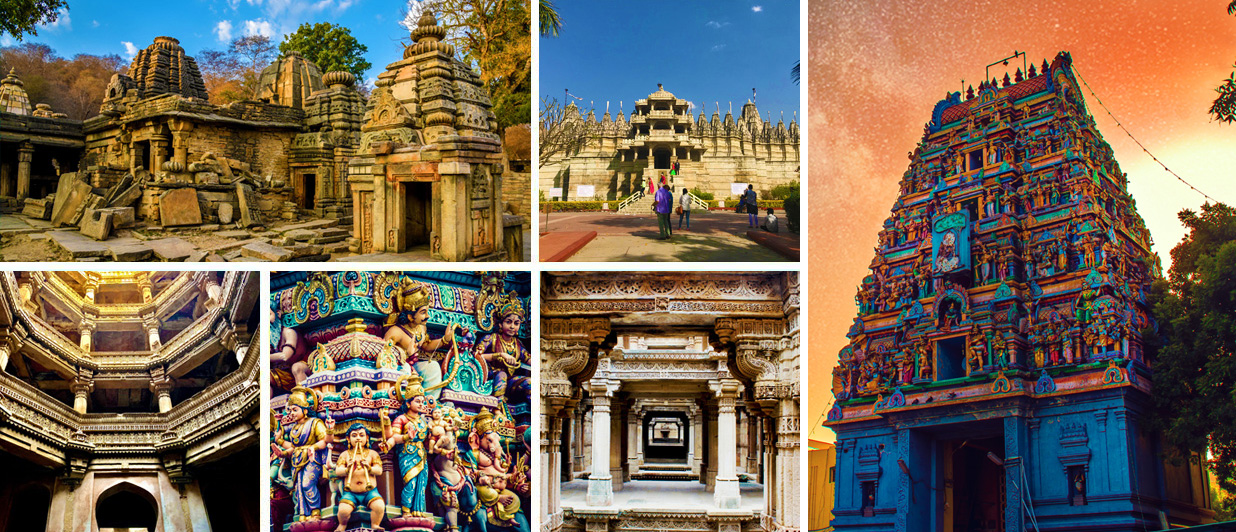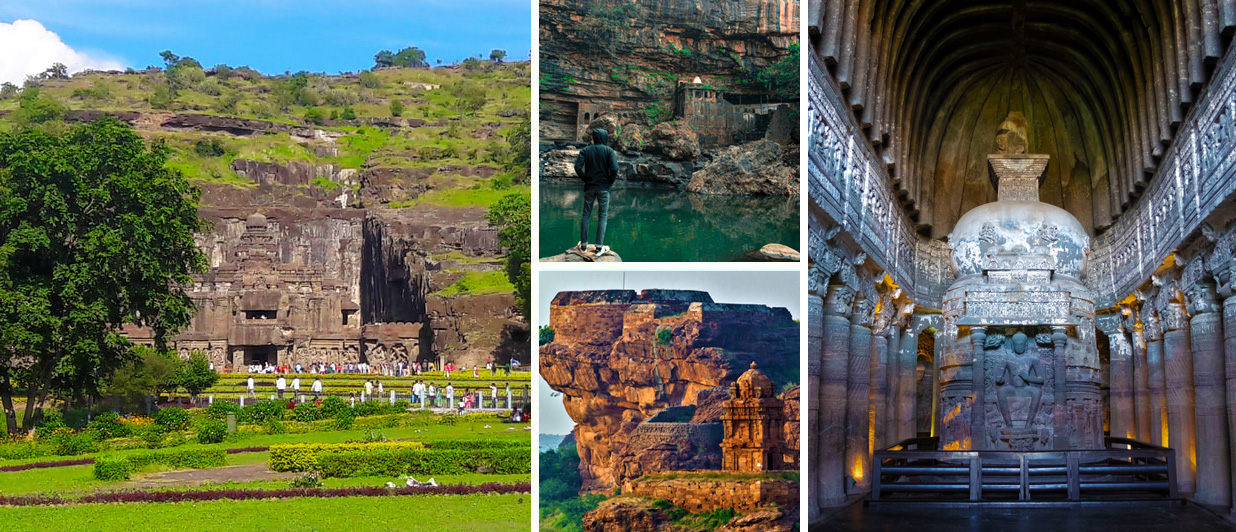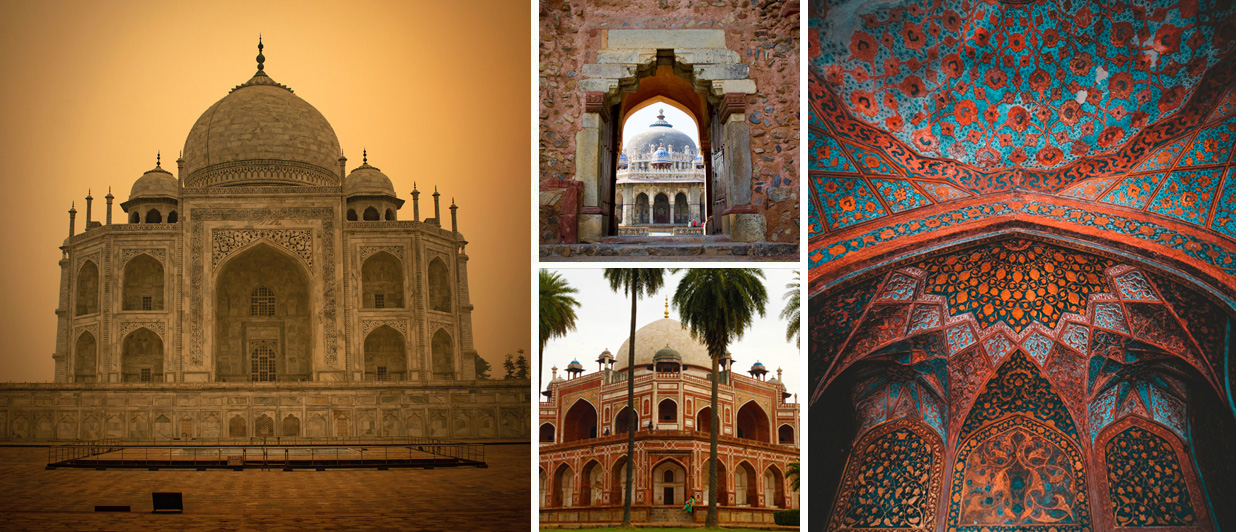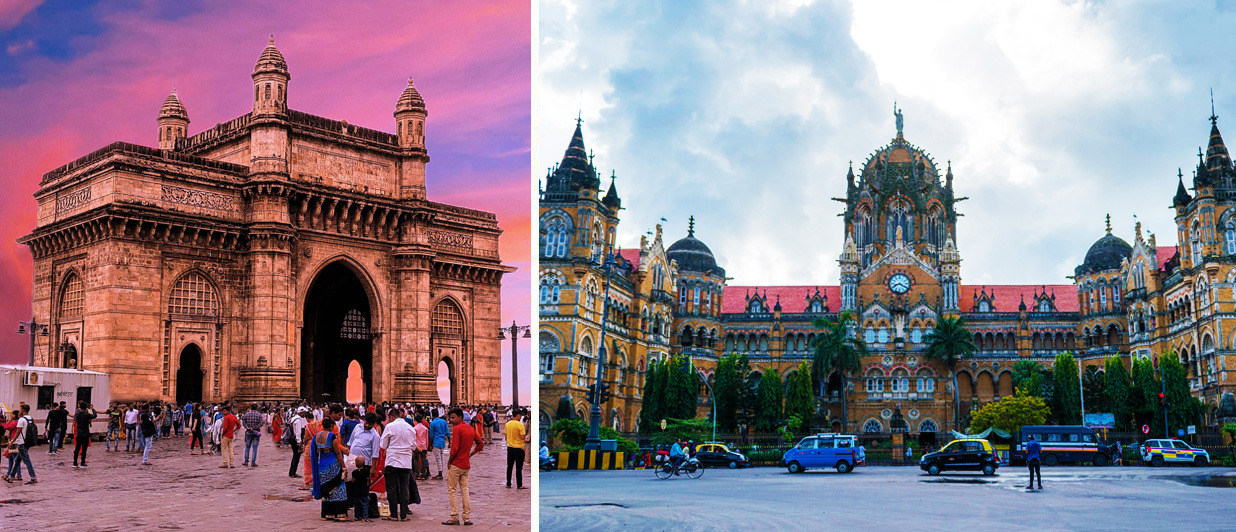Opening Doors To Indian Architecture
One of the most enduring achievements of Indian civilization is undoubtedly its staggering and striking architecture. The country is blessed with countless iconic monuments and heritage buildings that echo the tales of the bygone era.
Did you know there are 38 World Heritage Sites located in India? With a spectacular history of conquests, celebrations and preservation of culture and traditions, India has seen the emergence of unique and splendid architectural gems all over the country.
Here are four outstanding architectural styles that every traveler must explore during their journey to India.
Temple Architecture
This is one of the most deep-rooted architectural styles in the country. Spread across the entire landscape the design and technique have been a result of geographical, climatic, ethnic, racial, historical and linguistic diversities. Most of the architectural remains that survive from Ancient and Medieval India are religious in nature. States of Madhya Pradesh, Rajasthan, Southern India and Gujarat hold some of the most beautiful temple structures.
The three broad types of temples in the country are namely; Nagara or the northern style, Dravida the southern style and Vesara the hybrid style.
With symmetrical walls, intricate niches, decorative pillars and stunning sculptures without breaking away from the original plan or pattern of the shrine, makes Indian temple architecture an important route that throws light on the glorious past of the country.

Cave Architecture
The cave architecture in India is believed to have begun in the third century BC. These rock-cut marvels were used by Buddhist and Jain monks as places of worship and residence.
Caves were excavated out of rocks, as rocks are very durable as compared to other materials like wood or any structural buildings. The earliest cave temples include the Bhaja Caves, the Karla Caves, the Kanheri Caves and Ajanta Caves all related to Buddhism. Later caves associated with Hinduism and Jainism were found at Ellora, Badami etc

Mughal Architecture
To know about the rich heritage, cultural influences and opulence of the Mughal dynasty in India, gaze at its marvellous and awe-inspiring architecture.
The Mughal reign showcased a stunning blend of Islamic, Persian and Indian styles across monuments in Northern parts of India, that embodied an exceptional quality of sophistication and design. Cities such as Agra and Delhi boast of some well-preserved palatial tombs, mosques and fortresses.
Use of red sandstone, bulbous domes, white marble inlay patterns, colourful tile work, massive halls, sleek minarets, ‘jali’ work and floral decorative elements exemplifies the state of the art form of Indo-Islamic architecture.
Some of the most iconic structures that every traveller must explore are Humayun's Tomb, Akbar’s Tomb, Fatehpur Sikri, Red Fort at Delhi, Jama Masjid in Delhi and the enigmatic Taj Mahal at Agra.

Colonial Architecture
India has a long history of being ruled by many empires, and the British have left an impressive stamp on the Indian soil.
The colonial architecture culminated into what is called the Indo-Saracenic architecture that combined the features of Hindu, Islamic and western elements. The beauty was reflected in the institutional and government buildings, railway stations and more.
A combination of Gothic revival style with Neo-Classical and Indian, the colonial narrative can be seen in monuments around Mumbai like the Gateway of India, Rajabai Clock Tower, Mumbai University, Chhatrapati Shivaji Maharaj Terminus and many more gems around South Mumbai. One of the most revered and famous masterpieces of British colonial era remains the grand and exquisite ‘Victoria Memorial’ located in Kolkata (erstwhile Calcutta) built in the memory of Queen Victoria.
These architectural wonders in India give us a glimpse into the culture, traditions, brilliance of structural engineering and artistic workmanship and the stories have stood the test of time.








